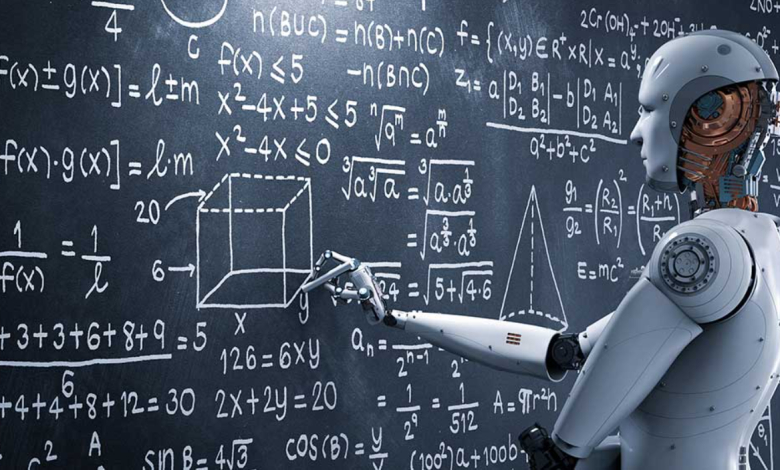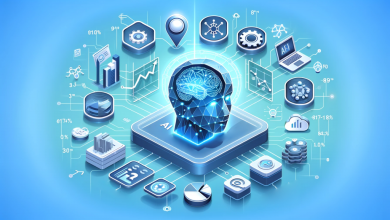AI in 2025: Driving Sustainability, Security, and Growth Across Asia Pacific

By Matthew Hardman, Chief Technology Officer, APAC, Hitachi Vantara
As we step into 2025, artificial intelligence (AI) continues to shape APAC’s future, with governments and businesses alike embracing cutting-edge technologies to solve critical challenges. The region’s rapid urbanisation and growing digital economy make it an ideal environment for deploying innovative AI solutions, especially in areas like energy efficiency, hybrid cloud management, and intelligent automation.
Take data centres as an example. They’re at the heart of digital transformation, but their energy demands are skyrocketing. To tackle this, companies are turning to AI-powered digital twins—virtual models of physical infrastructure—to optimise energy usage and simulate efficiency improvements before implementation. This approach isn’t just theoretical; retrofitting existing data centres with these technologies is already reducing power consumption to be more energy efficient. In Southeast Asia alone, the data centre market projected to grow by over 5% annually through 2029, reaching USD14.41 billion — this shift will have a massive impact on both sustainability and cost savings.
In energy management, AI is revolutionising smart grid technologies across the region. By integrating machine learning models into grid operations, governments and utility providers can optimise energy distribution, predict demand fluctuations, and seamlessly incorporate renewable sources like solar and wind.
Hybrid cloud architectures are also seeing rapid adoption as businesses seek to balance the flexibility of public cloud with the security of on-premises infrastructure. Combining AI-driven management tools with Kubernetes for container orchestration, enterprises in the region can deploy applications dynamically while maintaining data sovereignty—a critical need given the evolving compliance landscape for countries in APAC. As the demand for massive data volumes to train AI grows exponentially, organisations must rethink traditional storage architectures. Object storage solutions accessible via industry-standard protocols provide scalable, cost-effective platforms for managing large-scale data compared to traditional block storage systems. When it comes to cybersecurity, AI is playing a pivotal role in combating rising threats. Advanced threat detection systems using anomaly detection models are enabling real-time responses to cyberattacks, while generative AI is helping businesses simulate threat scenarios to strengthen their defences. As regulations like Singapore’s Model AI Governance Framework and Indonesia’s data sovereignty laws take hold, AI-powered compliance tools are helping organisations navigate these complexities while safeguarding their operations.
Small and medium-sized enterprises (SMEs), which form the backbone of the region’s economies, are also reaping the benefits of scalable AI solutions. From automating customer service with multilingual small language models (SLMs) to optimising inventory management with predictive analytics, SMEs are leveraging AI to compete at scale.
As we look ahead, emerging technologies further enhance AI’s capabilities in APAC, enabling businesses to address localised challenges with unprecedented precision. AI isn’t just a buzzword anymore—it’s a critical driver of sustainability, security, and resilience, helping the region build a future-ready economy.




